Indoor gardening has grown more popular than ever since the dawn of the pandemic, with many homeowners trying out this new hobby and filling their homes with countless plants. However, many homeowners hesitate to take the leap into the edible side of gardening—growing herbs, fruits and veggies from scratch. If you dream of eating foods that you’ve cultivated from start to finish, read on for our ultimate guide to urban farming. We promise it’s not as hard as it seems!
What is urban farming?
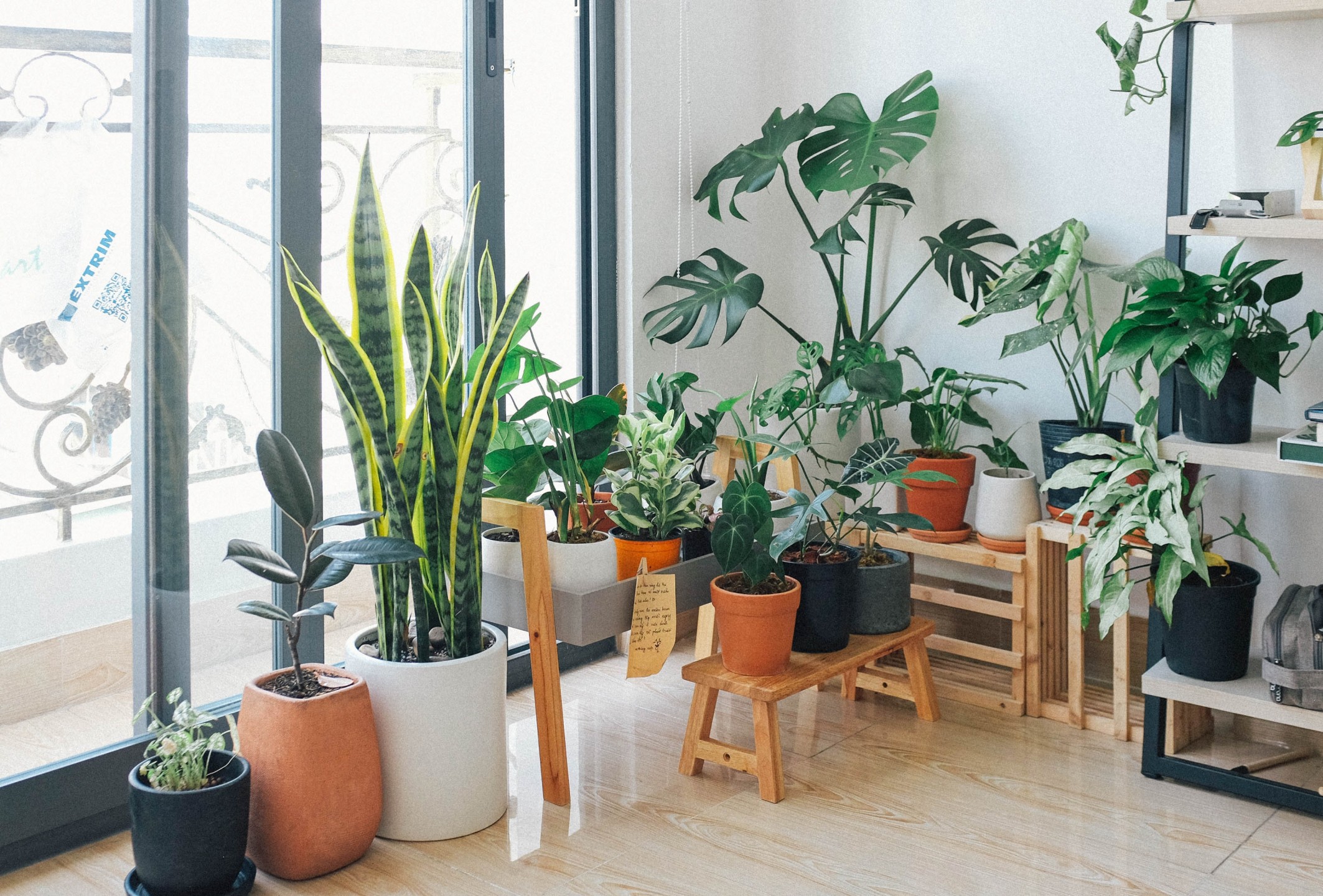
Image courtesy of Huy Phan/Pexels
A foolproof way to start learning about something new is to set the record straight and iron out some definitions. So, what exactly is urban farming? According to Wesley Oxenham, the Co-founder of Farmcity, urban farming refers to “growing plants, both edible and ornamental, within towns and cities.” It doesn’t matter which method you use to grow your herbs, fruits and veggies. “Some use aquaponics, others may use hydroponics with grow lights and others simply do soil-based cultivation in pots and planters.” As long as you’re growing and harvesting in an urban setting, you’re doing urban farming!
Why should I give it a try?
Indoor gardening can be a tough hobby with some disheartening results. Things don’t always grow the way you want them to, and sometimes you may wait months and find that you still can’t harvest anything. The question, then: why bother?
Wesley’s love for urban farming stems from its challenge. “Because of the limited space involved, growers need to use more creativity and ingenuity to grow plants than with outdoor farming… indoor farming requires more research. The challenges force us to learn more about plants, consider how to attract pollinators and repel harmful pests.”
But while the excitement of pushing your limits may get you going, it’s likely not what will keep you farming in the long run. “We also love that it offers a very affordable way to disconnect from the business of our urban lives and just be with and reconnect with nature. Just 10 minutes a day can bring so many benefits to your mental wellbeing!” On top of that, urban farming allows you to cultivate foods that we don’t often see in supermarkets anymore, be it due to low demand or poor shelf life, giving you a more expansive (and unique) range of edibles.
What should I grow?
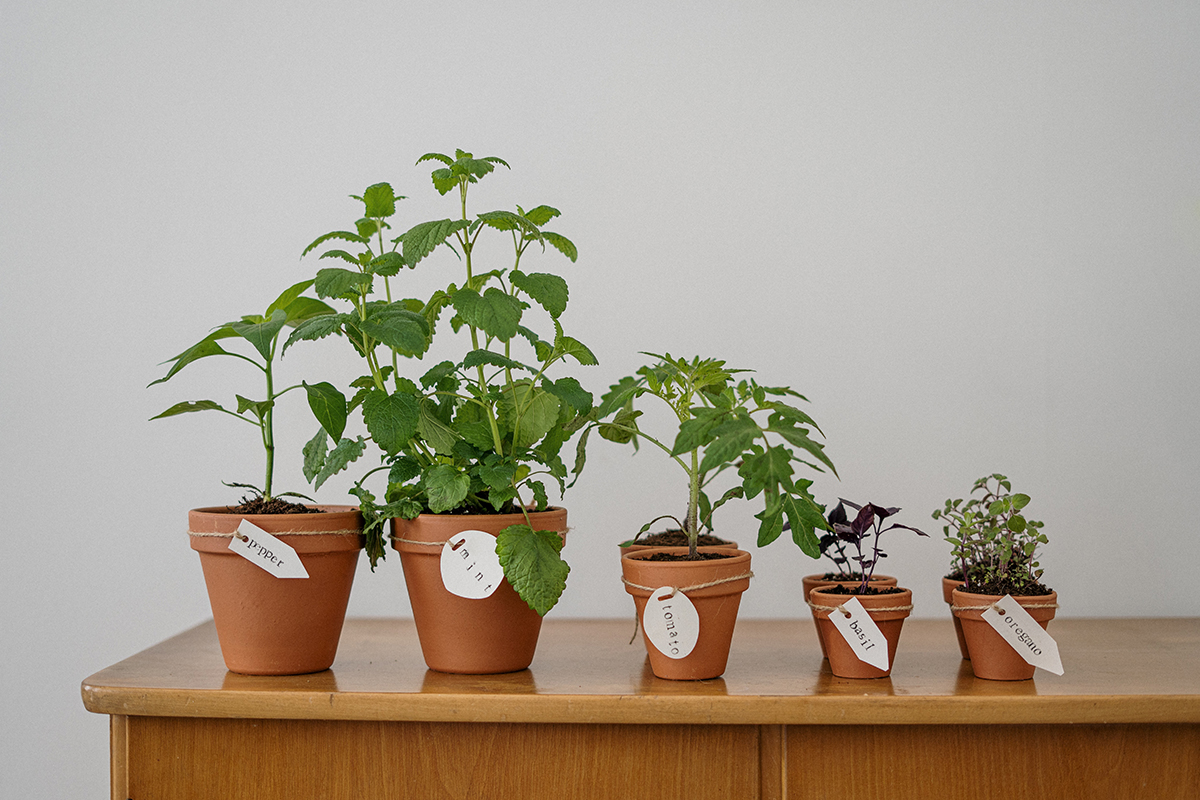
Image courtesy of Cottonbro/Pexels
Good news: you can grow pretty much anything, even in your flat! If the plants you’re considering thrive on outdoor farms in our local climate, they can fare well indoors too with the right care. Just make sure they receive plenty of sunlight! Some beginner-friendly edibles include basil, rocket, okra and microgreens, such as amaranth.
Where should I set up?
The ultimate question when it comes to indoor farming: where are you going to grow your edibles? “Many of our customers grow along their HDB corridors or near the lift lobby, as long as it doesn’t affect the neighbours or disrupt the shared space. Others who live in HDB flats buy hanging plant racks that allow them to safely grow their edible plants as close to the window as possible.”
How can I grow and take care of my plants?
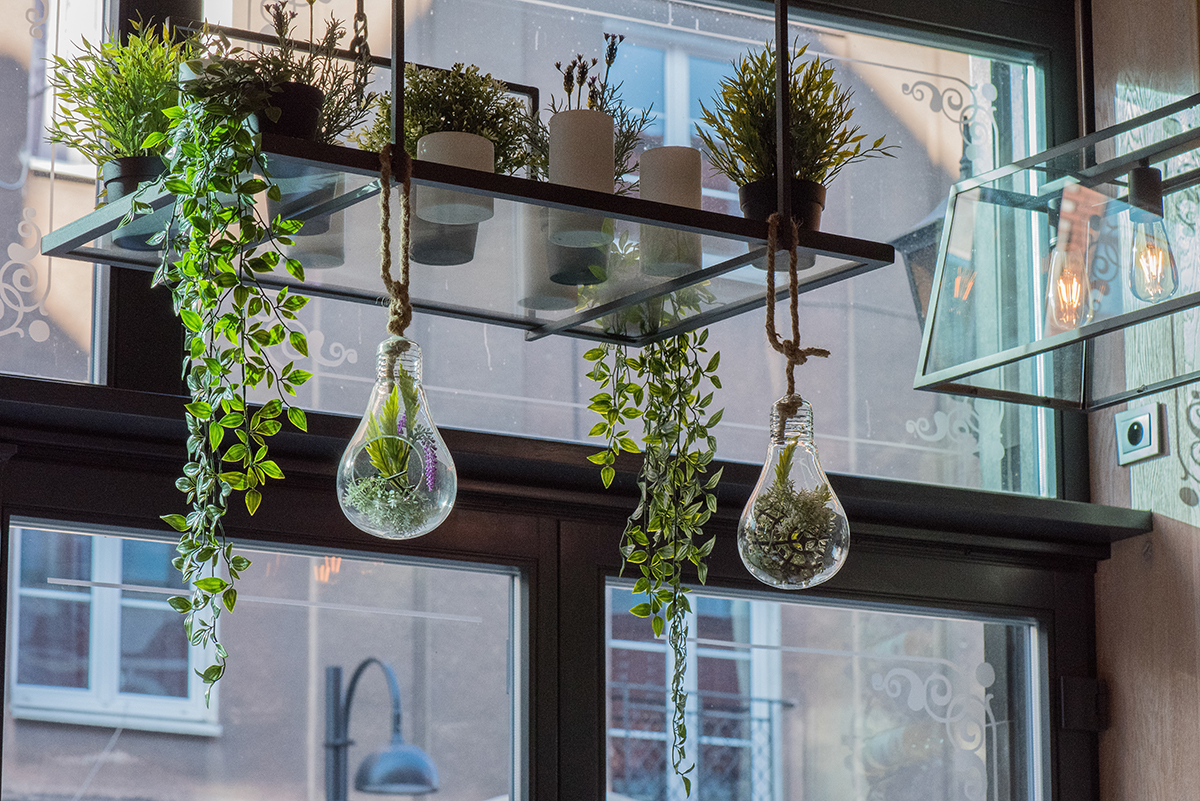
Image courtesy of Eduardo Casajus/Unsplash
There are many different techniques for growing edible plants in an urban setting, and there truly is no “best” method. “They all have their advantages and disadvantages,” Wesley shares. “Some of the most common ones are hydroponics, aeroponics and soil-based cultivation. Regardless of which methods you choose, try each one out and see what works for you.”
Beyond the question of growing methods, knowing how to care for your plants is crucial when embarking on your urban farming journey. Most plants can survive indoors, but they do require some extra work to thrive. “The key difference is the lack of sunlight when you farm indoors. Another difference is the lack of pollinators, which may affect whether the plants will get fruits, as well as beneficial insects that can feed on pests.”
You should also be very conscious of the soil, which is what ultimately gives your plants life. “In healthy soil, there is an entire ecosystem of life forms that work in harmony doing many jobs, one of which is digesting organic matter and releasing the nutrients that plants need to grow well.” This can be replicated indoors, but it takes some patience, the system unfolding on a smaller scale and taking significantly longer to thrive.
What equipment do I need?
Every urban farmer needs a decent kit of gardening tools and products to grow the edibles. According to Wesley, some of the basics to have on hand are potting soil, seeds, bio-degradable CocoCups and a reusable spray bottle. You can find these essentials and more on the Farmcity website!
What are your top tips for beginners?
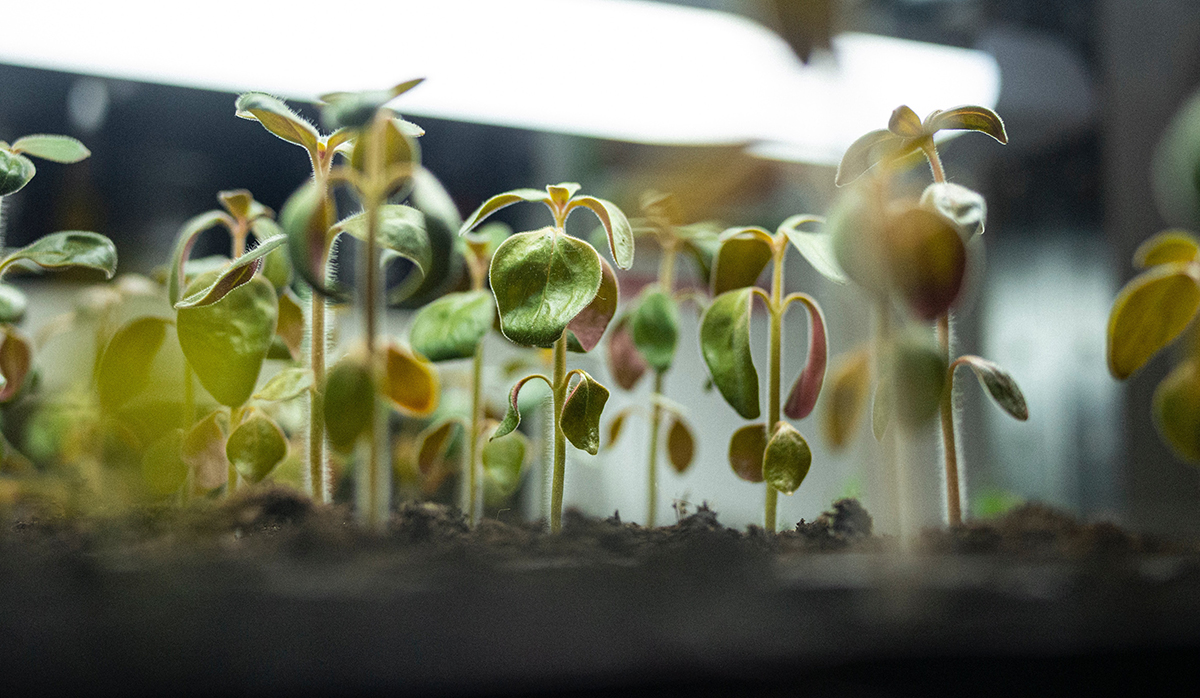
Image courtesy of Nik Shuliahin/Unsplash
- Lack of sunlight is the most common hurdle to a successful indoor farm. “Bring your plants as close as possible to a window if you do not have access to a corridor or balcony.” If that’s still not enough, consider supplementing the natural sunshine with grow lights.
- Have a good look at the lighting conditions in every nook and cranny of your flat before you choose a farming location. “Observe where the sun rays travel from morning to afternoon and pick the sunniest part.”
- The choice of potting soil can make or break your indoor farm. “When growing in containers, it’s important to use a potting mix that allows water to drain well without waterlogging, and one that is lightweight rather than dense. Potting mixes with coco coir work great!”
- Don’t over-water your plants! “When the pot remains overly wet, the plant cannot absorb the oxygen it needs. The roots decay and starve the plants of nutrients, which weakens the plants so they are more susceptible to pests. A good rule of thumb: stick your finger into the pit and water only when the top inch is dry.”
- Don’t start off your urban farm with difficult edibles, such as strawberries and other fragile fruiting plants. Herbs tend to be the easiest for newbies, as they don’t require pollination to be harvested. “We recommend farming kits for beginners, which allow new growers to learn before moving on to more difficult crops.”
- Listen to experienced urban farmers when you’re starting out and get their input on which tools to use. Wesley recommends “pots that are at least 25 cm in depth and good potting soil which provides roots with all the essential nutrients to stay healthy throughout the plant growth.”
- Buy from small, local shops to support your farming community! While buying all of your supplies from large stores is convenient, Farmcity recommends supporting “small, local producers as they tend to offer excellent products prepared in small quantities.”
How about community farming?
If you’re getting started with urban farming in a shared gardening space, here are the dos and don’ts of gardening alongside your neighbours.
- Be respectful! If you share a garden with others, be mindful of what you harvest and don’t destroy someone else’s cultivation. It’s a good idea to ask each gardener before cutting off their plants.
- Find out which fertilisers you should be using on each plot to avoid bothering the residents and fellow farmers with unpleasant smells or harming the environment.
- Talk to your gardening neighbours. Communication is the most important aspect of community gardening; it will allow you to learn plenty from the farming veterans, plus planning what to grow as a group will ensure that everything runs smoothly.
- Look out for gardening courses in your area or online. You may even be able to spend your SkillsFuture credits to learn about specific growing methods. Remember to share your findings with the rest of the group!
- Community gardening can be expensive—try to split the cost of tools, seeds, fertiliser and special resources with your fellow gardeners.
What are some farming communities I can join?
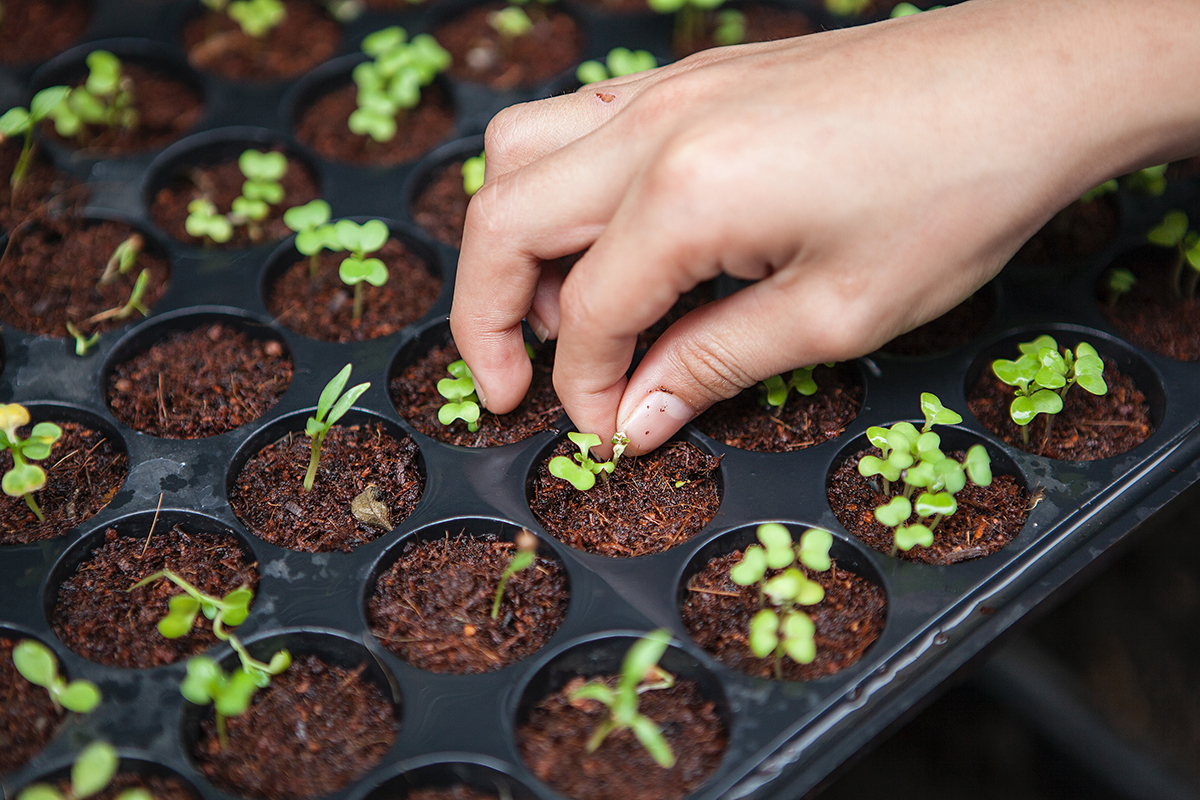
Image courtesy of Joshua Lanzarini/Unsplash
We recommend checking out Kitchen Garden SG, Edible Community Garden and Urban Farmers (Singapore) on Facebook!
This post was adapted from an article originally published in the July 2021 issue of SquareRooms.



